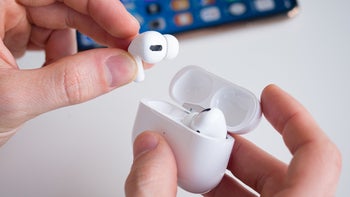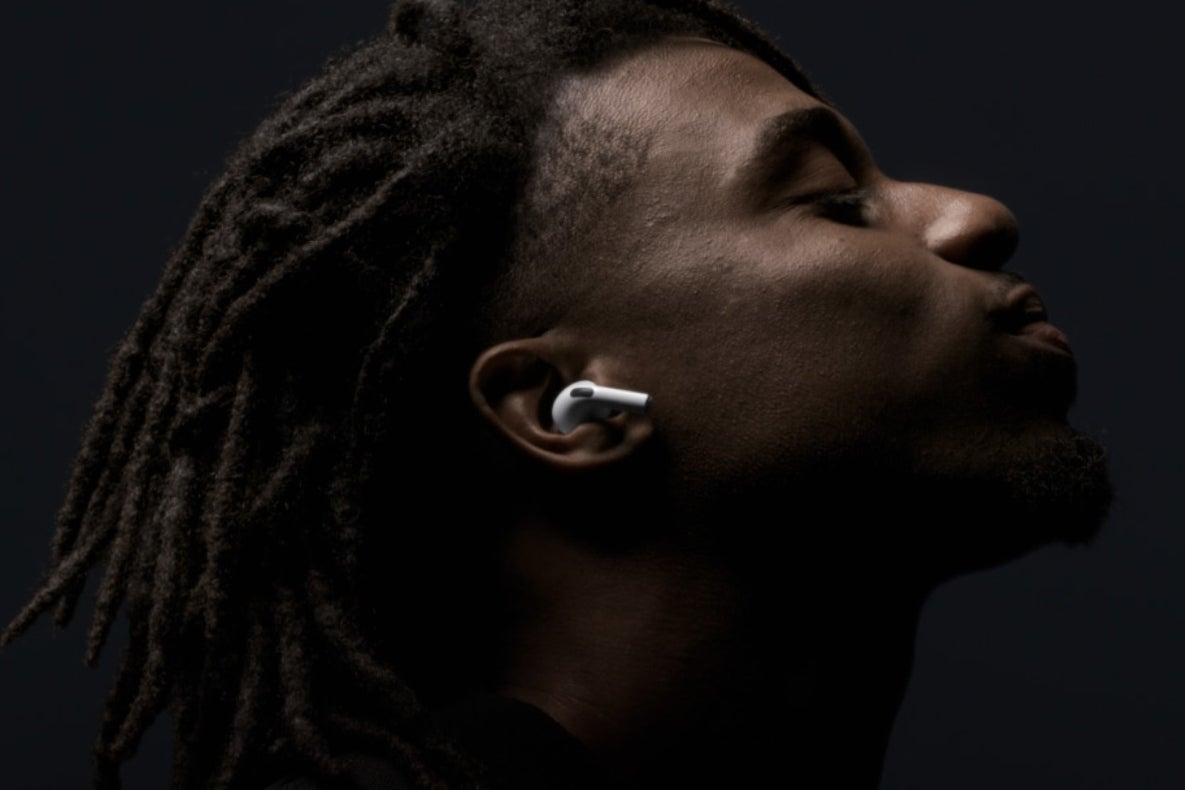Insider explains how Apple created its fastest-growing product

Quick. Name Apple's fastest-growing product at the moment. The iPhone? Hardly. It must be the Apple Watch, right? Wrong. Here's a hint. The product belongs in the same business segment as the Apple Watch: Wearables, Home, and Accessories. Oh, the HomePod. What ARE you smoking? For the record, Apple's fastest-growing product is the wireless Bluetooth AirPods. Counterpoint Research says 65 million units were sold last year and it expects 100 million to be rung up this year for a 54% gain. Together with the Apple Watch, the AirPods have made the Wearables segment the fastest growing business unit for Apple.
The AirPods began as a solution to the lack of a headphone jack on the iPhone 7
According to Wired, the growth in AirPods revenue is even more breathtaking. Last year the earbuds generated $7.3 billion in sales for Apple, a stunning 121% increase from the revenue garnered by the product in 2018. And the device has a 50% market share to lead the category known as "ear-worn accessories." Greg Joswiak, Apple's vice president of product marketing, says, "It was almost like wildfire how quickly it spread. It's done even better than we could ever imagine."

The AirPods Pro were unveiled this past October
What did Apple imagine? The AirPods were given only a few minutes of presentation time during the 2016 new product event that September. Apple also introduced the iPhone 7 and the iPhone 7 Plus at the event, the first iPhone models to be released sans a 3.5mm earphone jack. Thus, the wireless AirPods were considered a solution for those who enjoyed listening to content on their iPhones in private.
The company had been thinking about a wireless earphone for years before the AirPods were unveiled. Apple's Joswiak said that the firm "had a vision for our wireless future for many years. We had this incredible wireless product, the iPhone. And yet, what began to feel odd is when you saw somebody using wired headphones. Right then you thought, why would you attach the wire?"
Interestingly, much of the research needed by Apple to design the AirPods Pro came from the research it did while upgrading its wired EarPods. And the company continued to collect data on ears even after the EarPods hit the market. As Joswiak notes, "We had done work with Stanford to 3D-scan hundreds of different ears and ear styles and shapes in order to make a design that would work as a one-size solution across a broad set of the population. With AirPods Pro, we took that research further – studied more ears, more ear types. And that enabled us to develop a design that, along with the three different tip sizes, works across an overwhelming percentage of the worldwide population."
Last October, Apple unveiled the AirPods Pro online. Priced at $249, the accessory's main selling point is Active Noise Cancellation. And when users need to know what is going on around them, they can turn on Transparency mode. The AirPods Pro also offers a customizable fit with small, medium, and large silicone tips in the box. This model also is resistant to sweat and splashes as it carries an IPX4 rating.
No product is perfect and this past week we told you about several posts found in Apple's community forum complaining about the audio quality of the AirPods Pro. More specifically, these AirPod Pro users were saying that static, crackling, and popping noises could be heard over the premium wireless earbuds. While Apple did post several tips to try, some AirPods Pro owners were able to get Apple to send them a replacement unit.
The AirPods design has become so iconic that most people can quickly identify someone wearing the product. The AirPods Pro, which has a smaller "stem" than the classic model, can also be identified by much of the public as being Apple's wireless Bluetooth earbuds. While they might have looked funny at first, the design has managed to catch on with the public in a big way.










Things that are NOT allowed: